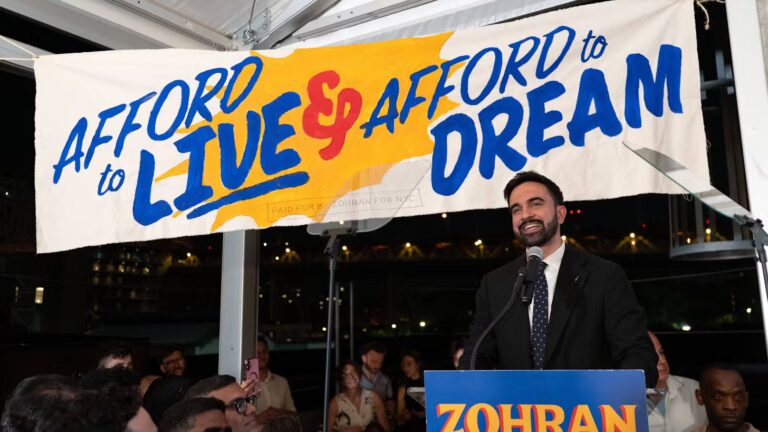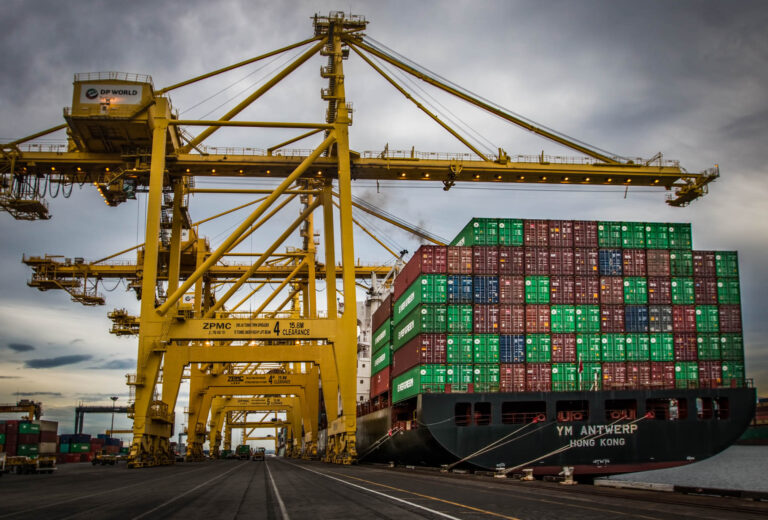
Benjamin Sachs is the Kestnbaum Professor of Labor and Industry at Harvard Law School and a leading expert in the field of labor law and labor relations. He is also faculty director of the Center for Labor and a Just Economy. Professor Sachs teaches courses in labor law, employment law, and law and social change, and his writing focuses on union organizing and unions in American politics. Prior to joining the Harvard faculty in 2008, Professor Sachs was the Joseph Goldstein Fellow at Yale Law School. From 2002-2006, he served as Assistant General Counsel of the Service Employees International Union (SEIU) in Washington, D.C. Professor Sachs graduated from Yale Law School in 1998, and served as a judicial law clerk to the Honorable Stephen Reinhardt of the United States Court of Appeals for the Ninth Circuit. His writing has appeared in the Harvard Law Review, the Yale Law Journal, the Columbia Law Review, the New York Times and elsewhere. Professor Sachs received the Yale Law School teaching award in 2007 and in 2013 received the Sacks-Freund Award for Teaching Excellence at Harvard Law School. He can be reached at [email protected].
There is a common trope in the debate about Uber that deserves clarification. The claim, commonly made, is that if Uber drivers were to be deemed employees – rather than independent contractors – the drivers would lose the flexibility that defines their jobs. Thus, NYU business professor Arun Sundararajan (who’s done important work on the gig economy) argues that if the drivers are determined to be employees, “[t]hey would be able to drive more hours, but they’d have less flexibility in how they worked.” Similarly, Uber attorney Ted Boutrous told a press conference recently, “[t]he way we look at it, the laws governing employers require [employers] to exert much more control over their employees.” Or, from Forbes, “many drivers may not realize that the flexibility they value could easily disappear with W2 status.”
In my view, this argument gets the causal arrows backward. If a firm, like Uber, exercises sufficient control over a worker’s conditions of employment, then the worker is more likely to be deemed an employee. So, increasing the degree of control increases the likelihood of employee status. But this does not mean that a finding of employee status increases the degree of control that firms exercise over their workers. In fact, a finding of employee status in itself has no effect on the amount of control – or flexibility – experienced by workers.
Put somewhat differently, there is a set of facts that exists in the world about Uber’s relationship with its drivers. This set of facts includes, on all accounts, some degree of flexibility with respect to when the drivers work, how long they work, etc. If a court determines that these facts are consistent with a finding of employment, the drivers would be “employees.” But Uber would not somehow then be required to exercise additional control over when and how long the drivers worked, or over other aspects of the job that are currently flexible. Uber would be required to comply with minimum wage laws, safety and health laws, and anti-discrimination laws, and it would be required to contribute to unemployment insurance and withhold payroll taxes and the like. But it could do all of this without taking away the flexibility that the drivers currently enjoy.
Of course, Uber might choose to respond to a legal determination that its drivers are employees by imposing greater control over its workforce. If, to speculate, Uber allows flexibility partly in order to avoid a finding of employee status, then – having lost that game – it might decide that it makes economic sense to increase control over who works when, and over how rides are provided. But this is entirely speculative and would be contrary to everything Uber has said about its business model. More to the point, such a decision would be based on a strategic determination – made by Uber – that more control is better or more cost efficient in some way. It would not be the result of a legal determination of employee status.
A couple of caveats. First, and most obviously, a fleet of employee drivers would be more expensive than a fleet of independent contractor drivers. But these are the costs of doing business in a nation committed to minimal employment standards, and they are costs borne by every employer in the nation. Flexibility to avoid legal responsibility is not the kind of flexibility we should want. Second, and more specifically, some states require employers to provide employees with break times during work shifts of a long enough duration. If Uber drivers were employees, Uber might have to ensure these breaks and – to this extent – couldn’t leave scheduling entirely in the drivers’ hands. So, according to Uber, mandatory break times would require a loss of flexibility. But this argument depends on a very particular idea of flexibility: the flexibility to work without breaks. As long as Uber ensured that drivers took their breaks, they could allow drivers to work whenever and for however long the drivers wished. Similarly, if Uber had to pay its drivers overtime, the firm might limit the number of hours its drivers worked (as an Uber spokesperson has suggested). But, again, this is a loss of flexibility only where flexibility means working overtime at straight time rates. Carmel DeAmicis got it right when she called Uber’s arguments about flexibility and employee status “truth stretchers.”
I am not the first one to point out that workplaces can be highly flexible and yet staffed by “employees.” DeAmicis makes the point in her excellent piece on re/code, and the Department of Labor recently clarified the law on this issue. The bottom line is that workers can choose when and how much to work, and can even work without immediate supervision, and still be employees within the meaning of the law. Despite the trope, a legal determination that workers are employees does not require the loss of this kind of flexibility.






Daily News & Commentary
Start your day with our roundup of the latest labor developments. See all
December 11
House forces a vote on the “Protect America’s Workforce Act;” arguments on Trump’s executive order nullifying collective bargaining rights; and Penn State file a petition to form a union.
December 8
Private payrolls fall; NYC Council overrides mayoral veto on pay data; workers sue Starbucks.
December 7
Philadelphia transit workers indicate that a strike is imminent; a federal judge temporarily blocks State Department layoffs; and Virginia lawmakers consider legislation to repeal the state’s “right to work” law.
December 5
Netflix set to acquire Warner Bros., Gen Z men are the most pro-union generation in history, and lawmakers introduce the “No Robot Bosses Act.”
December 4
Unionized journalists win arbitration concerning AI, Starbucks challenges two NLRB rulings in the Fifth Circuit, and Philadelphia transit workers resume contract negotiations.
December 3
The Trump administration seeks to appeal a federal judge’s order that protects the CBAs of employees within the federal workforce; the U.S. Department of Labor launches an initiative to investigate violations of the H-1B visa program; and a union files a petition to form a bargaining unit for employees at the Met.